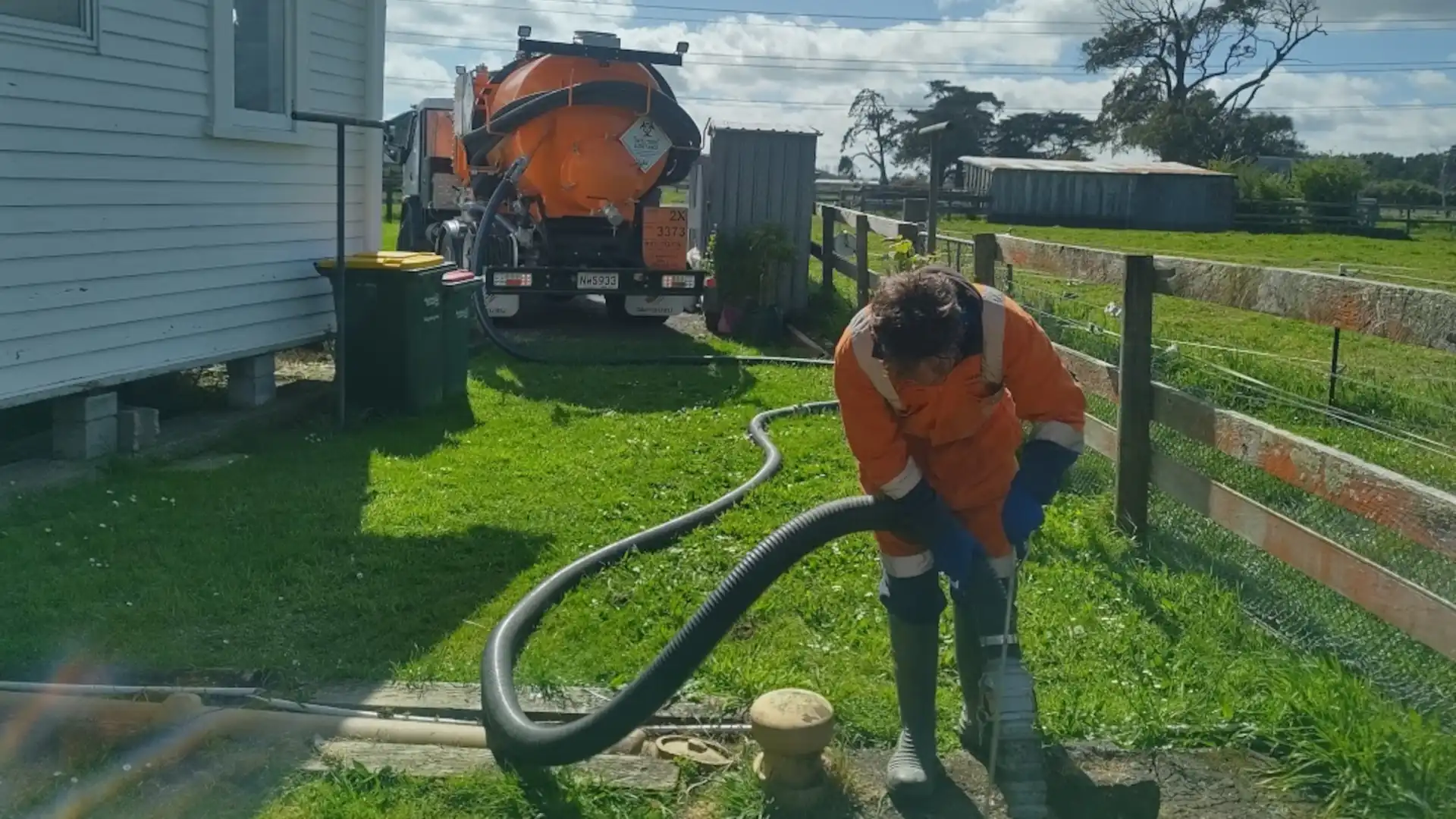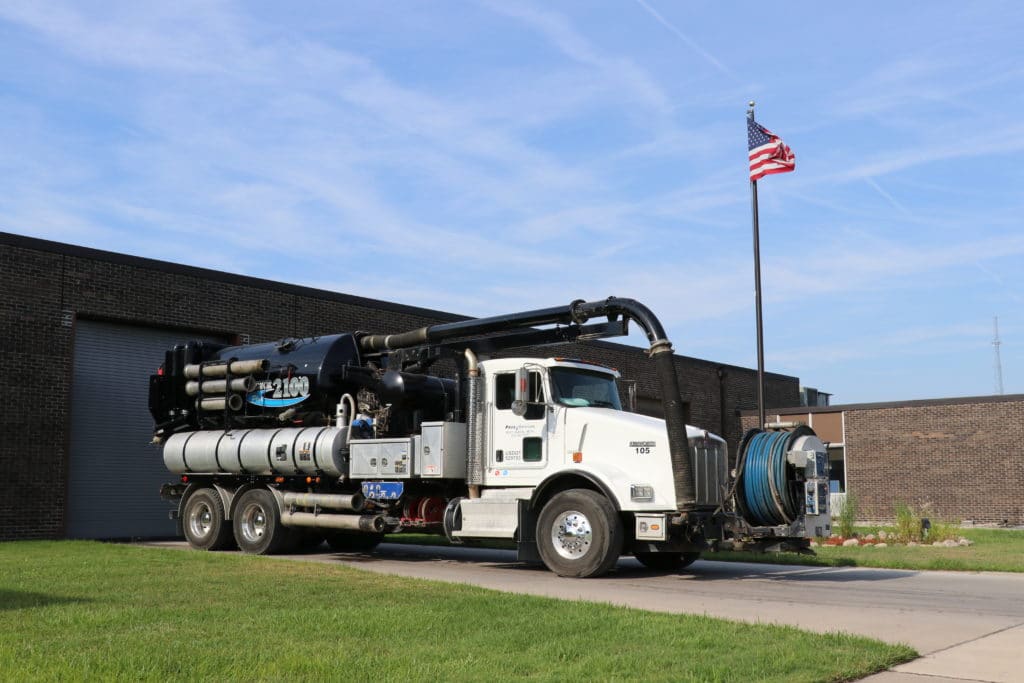How Liquid Garbage Disposal Works: A Comprehensive Overview of Strategies and Technologies Utilized

Review of Fluid Waste Kind
The intricacy of fluid waste kinds demands a thorough understanding of their qualities and implications for disposal. Liquid waste can broadly be categorized into several types, consisting of commercial, metropolitan, farming, and unsafe waste. Each group shows distinct buildings, requiring certain monitoring methods to minimize environmental and health threats.
Industrial fluid waste originates from manufacturing processes and commonly includes a series of contaminants, such as hefty metals, solvents, and natural substances. Community fluid waste, mostly making up wastewater from households and business establishments, contains natural matter, nutrients, and virus (industrial wastewater treatment). Agricultural liquid waste, consisting of overflow from ranches, might contain plant foods, pesticides, and pet waste, positioning risks to water top quality and environments
Dangerous fluid waste is defined by its poisoning, reactivity, or possible to trigger harm. This group includes compounds like acids, bases, and certain chemicals that necessitate rigid handling and disposal protocols. Comprehending these diverse liquid waste kinds is essential for creating effective disposal techniques and guaranteeing conformity with ecological policies. Correct classification and characterization are necessary for implementing proper therapy techniques and lessening the adverse effects on public wellness and the environment.
Physical Therapy Approaches

Screening is the initial step, where larger fragments and particles are eliminated from the liquid waste making use of screens or grates. This procedure safeguards downstream devices from damage and ensures smoother procedure. Adhering to screening, sedimentation uses gravitational force to separate solids from fluids. In sedimentation storage tanks, heavier bits settle at the base, creating a sludge layer, while the made clear liquid can be further dealt with.
Purification is an additional crucial technique that includes passing the fluid via porous materials, such as sand or membranes, to capture smaller sized particles. This action improves the high quality of the liquid, making it suitable for succeeding treatment processes.

Chemical Treatment Techniques
Chemical therapy methods are important for properly taking care of liquid waste, particularly in attending to liquified and colloidal impurities that physical methods might not adequately get rid of. These strategies make use of different chemical representatives to neutralize, speed up, or transform harmful substances right into much less damaging forms.
One common method is coagulation and flocculation, where chemicals such as alum or ferric chloride are included to advertise the gathering of put on hold bits. This procedure enhances sedimentation, permitting much easier removal of the resulting sludge. Additionally, oxidation procedures, utilizing representatives like chlorine or ozone, are employed to break down intricate natural substances and virus, rendering the waste much safer for discharge or more treatment.
Neutralization is another important method, which adjusts the pH of acidic or alkaline waste streams to neutral levels, protecting against potential harm to downstream systems and the atmosphere. In addition, advanced oxidation processes (AOPs) utilize mixes of oxidants and ultraviolet light to deteriorate persistent pollutants, achieving a higher degree of therapy effectiveness.
Biological Treatment Procedures
Organic therapy procedures play a vital function in the management of fluid waste by using bacteria to decay raw material and lower contaminant degrees. These processes can be extensively classified into cardiovascular and anaerobic therapies, each utilizing particular microbial areas to accomplish effective waste deterioration.
Cardiovascular treatment includes the usage of oxygen to assist in the break down of natural products by microorganisms. This procedure is typically carried out in triggered sludge systems, where aeration tanks offer a favorable environment for microbial development, bring about the oxidation of organic pollutants. The resultant biomass can be divided from dealt with effluent via sedimentation.
On the other hand, anaerobic treatment occurs in the lack of oxygen, counting on various germs to break down natural issue. This method is particularly useful for high-strength waste, as it creates biogas, a renewable resource source, while reducing sludge production. Technologies such as anaerobic digesters are frequently utilized in metropolitan and industrial applications.
Both cardio and anaerobic organic treatments not just lessen the environmental effect of liquid waste however also promote resource healing, making them vital components of sustainable waste monitoring techniques. Their effectiveness, versatility, and efficiency sustain their widespread application throughout different fields.
Emerging Technologies in Disposal
Ingenious approaches to fluid garbage disposal are quickly evolving, driven by improvements in innovation and an enhancing emphasis on sustainability. that site Among these arising technologies, membrane layer bioreactors (MBRs) have actually acquired traction for their capability to incorporate organic therapy review with membrane filtering, causing premium effluent that can be recycled in numerous applications. MBRs allow smaller impacts and extra efficient operations contrasted to typical systems.
One more encouraging growth is making use of anaerobic food digestion incorporated with nutrient recovery innovations, which not only treats liquid waste but also produces biogas and recuperates valuable nutrients like nitrogen and phosphorus. This dual benefit boosts source effectiveness and reduces environmental influence.
Furthermore, advanced oxidation procedures (AOPs) are being taken on for the destruction of intricate organic toxins. These methods make use of powerful oxidants and stimulants to damage down pollutants at the molecular level, offering a very efficient service for challenging waste streams.
Moreover, the assimilation of expert system and artificial intelligence in waste monitoring systems is enhancing operational performance and predictive upkeep, causing decreased costs and boosted environmental conformity. These innovations reflect a substantial shift towards even more sustainable and reliable liquid garbage disposal methods.
Verdict
Finally, effective fluid waste disposal demands a thorough understanding of numerous methods and technologies. The integration of physical, chemical, and organic treatment techniques guarantees the efficient monitoring of diverse waste kinds. In addition, the introduction of cutting-edge modern technologies improves therapy efficacy and promotes sustainability in waste management techniques. By constantly progressing these approaches, it ends up being feasible to attend to the growing obstacles connected with fluid waste, ultimately contributing to environmental management and resource recovery.
Liquid waste disposal is a vital facet of environmental monitoring, requiring a comprehensive understanding of numerous strategies browse around these guys and modern technologies customized to different waste types. Liquid waste can extensively be categorized into a number of types, including commercial, municipal, farming, and hazardous waste. Agricultural liquid waste, consisting of drainage from ranches, might consist of plant foods, pesticides, and animal waste, positioning risks to water quality and communities.
Various physical therapy approaches play a critical duty in taking care of fluid waste efficiently - industrial wastewater treatment.In final thought, effective liquid waste disposal demands a thorough understanding of different methods and innovations